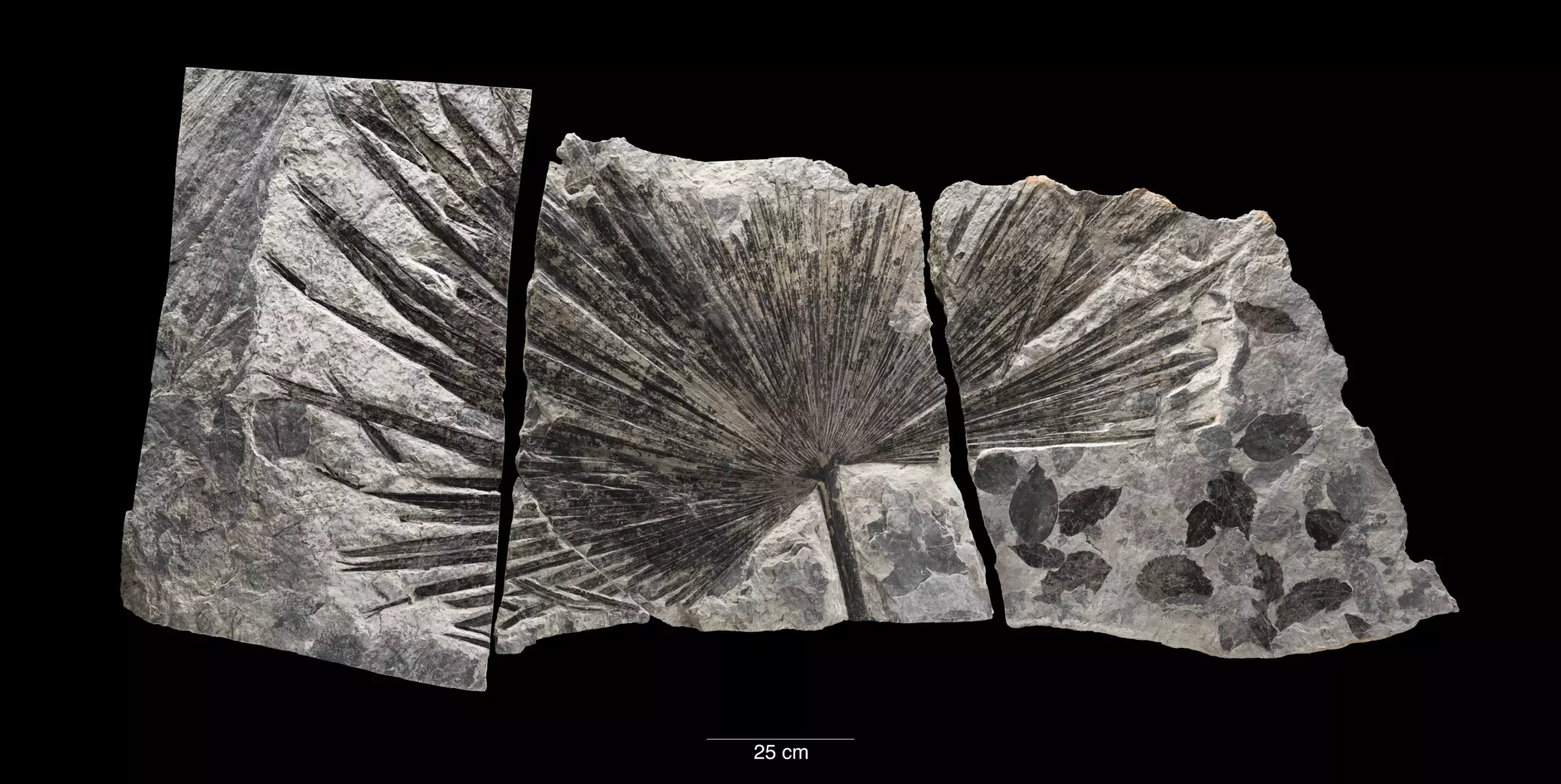Recent research brings forth a pivotal understanding of the Earth’s climatic past, co-led by the Smithsonian Institution and the University of Arizona. This comprehensive study, published on September 19 in the journal Science, provides a groundbreaking temperature curve tracing global mean surface temperature (GMST) over an expansive 485 million years. Lead author Emily Judd, alongside paleobiologists Scott Wing and Brian Huber, offers an invaluable contribution to our understanding of climatic shifts that have influenced life on Earth throughout the Phanerozoic Eon—an epoch characterized by robust biodiversity and several mass extinction events.
The development of this temperature curve sheds light on the complex interplay between Earth’s climatic variations and atmospheric carbon dioxide levels. Through advanced methodologies, the research employs data assimilation techniques—originally designed for modern weather forecasting—to reinterpret ancient climate data. This innovative approach allows researchers to create a cohesive narrative of Earth’s climatic history, forging connections between the geologic record and broader climate models.
Understanding the fluctuations of Earth’s temperature is critical in the context of contemporary climate change. The new findings suggest that scientists need to look further back in time to draw parallels that truly reflect potential future scenarios. According to Wing, merely reflecting on the last few million years poses limitations; instead, a deeper exploration into periods of higher warmth becomes crucial to inform our predictions.
The temperature curve unveiled in this study indicates a GMST that fluctuated between 52 and 97 degrees Fahrenheit (or 11 to 36 degrees Celsius) throughout the Phanerozoic. Notably, this historical temperature range surpasses what has been acknowledged in previous studies. Linda Tierney, another key researcher, emphasizes that the dominance of carbon dioxide levels plays a central role in establishing global temperatures across geological epochs. The research reveals a fundamental truth: as CO2 levels rise, so too do temperatures, and vice versa.
Interestingly, the current GMST of approximately 59 degrees Fahrenheit (15 degrees Celsius) is cooler than most of the temperature profiles recorded across the Phanerozoic. Yet, the alarming rate of current warming—a byproduct of human-induced greenhouse gas emissions—poses unprecedented risks to our global ecosystems. The rapid change in temperatures draws parallels to previous episodes in Earth’s history that led to mass extinction events, raising serious concerns about the resilience of modern species.
A substantial part of this research delves into how fossil records serve as clues to historical climate conditions. Fossils provide glimpses into ancient environmental scenarios; however, relying purely on isolated findings from these records can limit the breadth of understanding. Judd likens the endeavor to constructing a picture from scattered jigsaw puzzle pieces. In this case, the researchers initiated the PhanTASTIC (Phanerozoic Technique Averaged Surface Temperature Integrated Curve) Project, a novel attempt to synthesize existing data into a coherent temperature curve.
The project commenced in 2018, driven by a realization among the Smithsonian researchers that existing temperature curves for the Phanerozoic were inadequate. They initiated workshops inviting paleoclimatologists to collaborate and address this gap. Judd took the helm of the PhanTASTIC project in 2020, focusing on enhancing climate models by integrating extensive data sets drawn from various geochemical archives—such as fossilized shells and other ancient organic matter.
The collaborative efforts culminated in the amalgamation of over 150,000 pieces of published data and more than 850 climate model simulations generated by researchers at the University of Bristol, enhancing the rigor of their curve. This unique blend of ancient and simulated data paves the way for a more refined understanding of historical climate behavior.
While the insights garnered from this research represent a significant advancement in paleoclimatology, the authors acknowledge that this is merely the starting point for future studies. Huber, one of the co-authors, affirms that the current understanding of these temperature shifts is far from exhaustive. As new fossil discoveries emerge and additional data becomes accessible, there will undoubtedly be revisions and refinements to this foundational curve.
The pursuit of comprehending Earth’s climatic past heralds not just academic curiosity, but a pressing imperative to grasp the broader implications for current environmental challenges. As we stand at a crucial juncture in climate history, the lessons drawn from deep time become increasingly vital in devising strategies to address ongoing climate alterations. Understanding our planet’s history teaches us invaluable lessons that can guide the stewardship of our shared Earth into an uncertain future.

